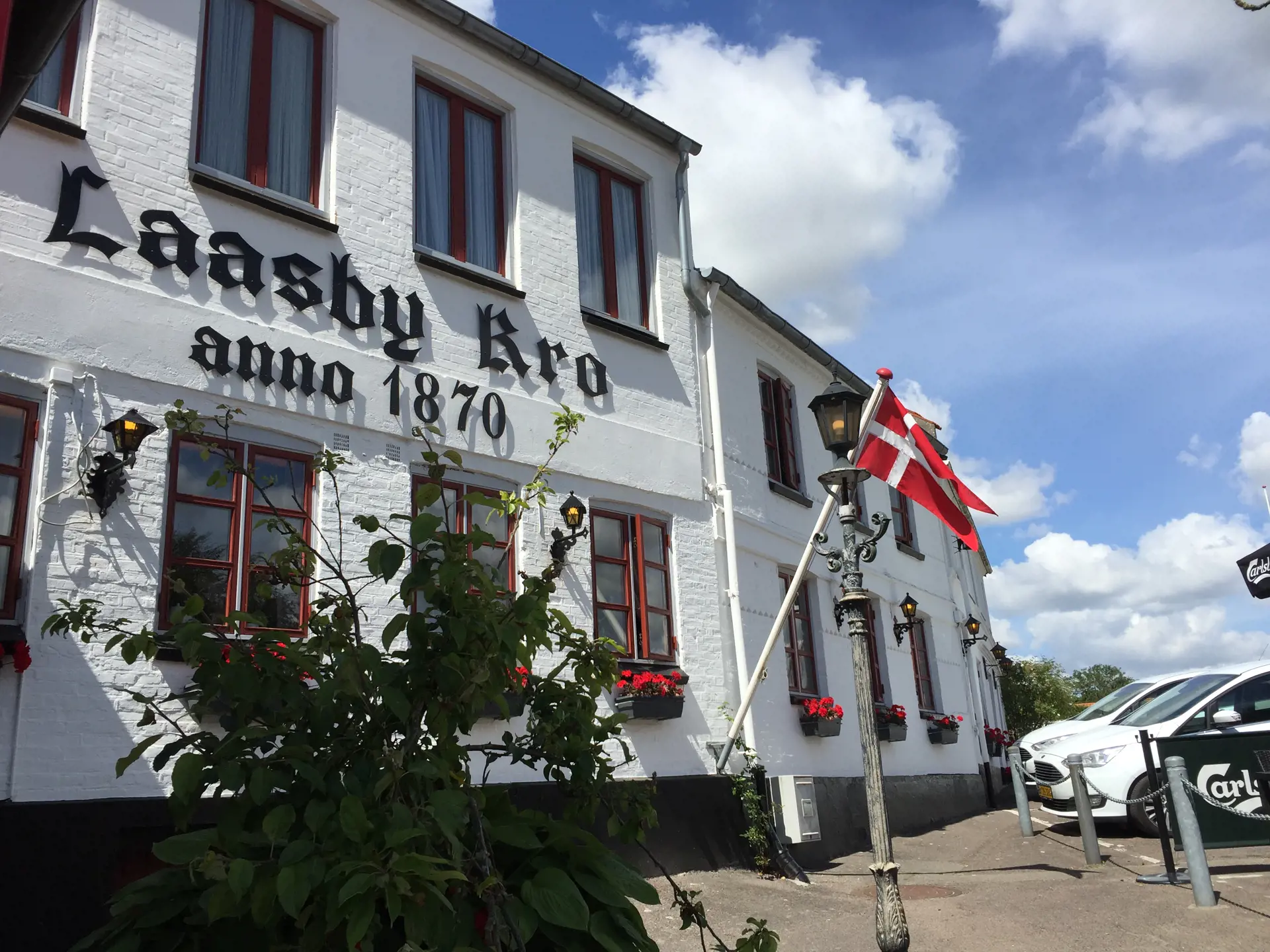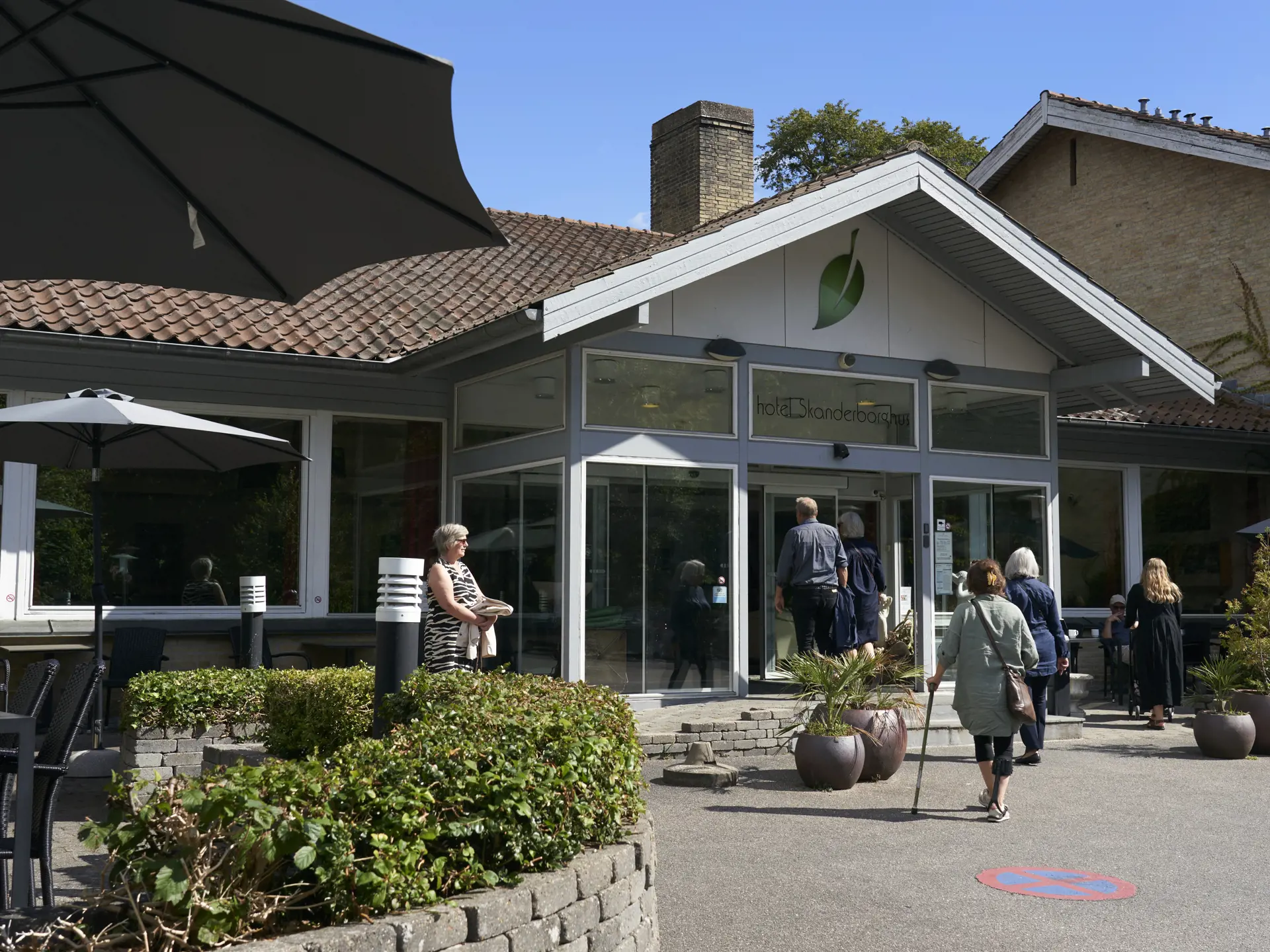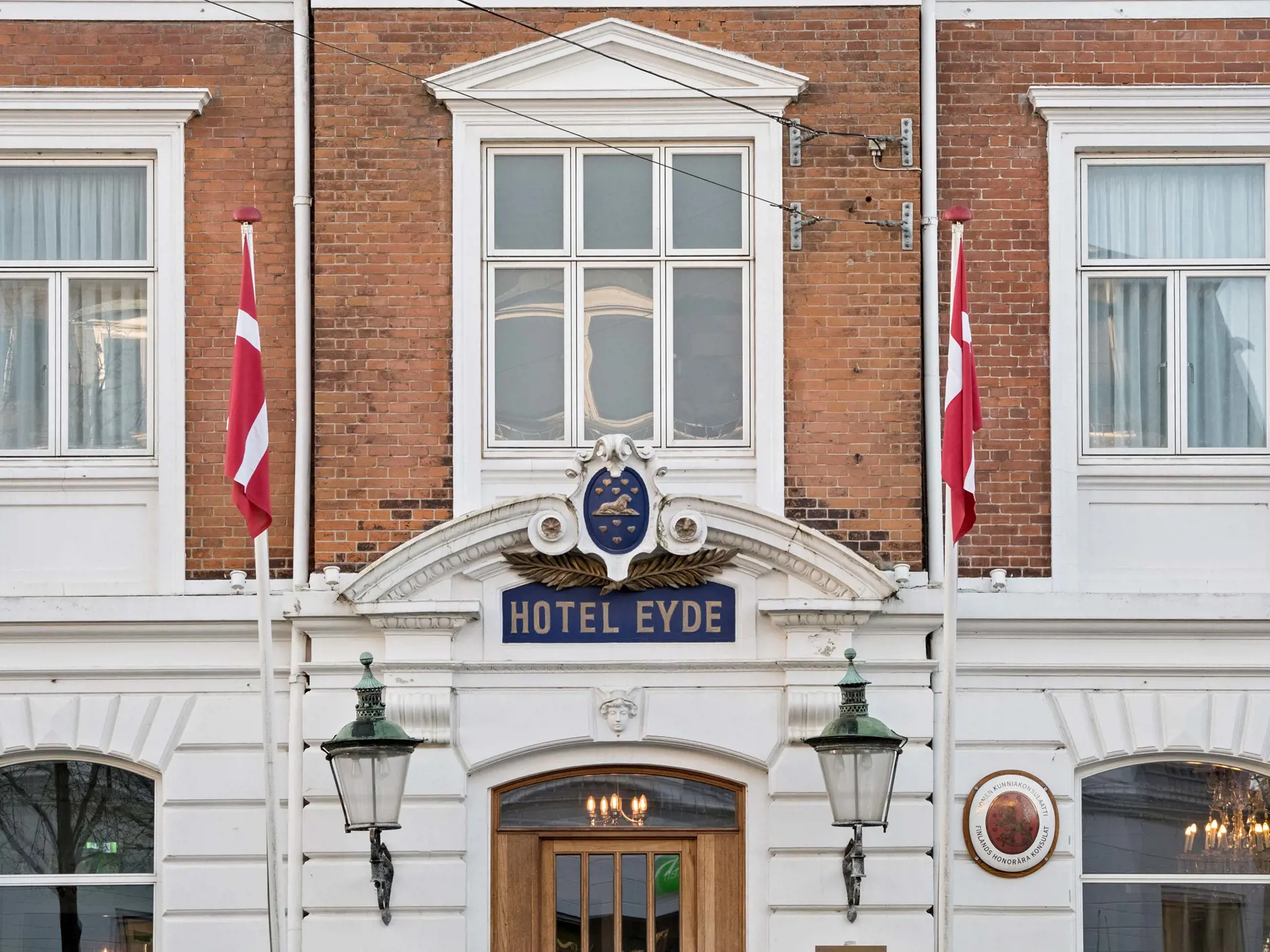Drewsen came to Silkeborg in 1844, and in the 30 years that he lived here until his death in 1874, he was by far the most powerful man in the town, and he had a huge impact on the development of the town, both when it came to lobbying for roads and railways to Silkeborg and the establishment of a gasworks, the establishment of a telegraph connection and – not least – the purchase of “Hjejlen”, which still sails on the Silkeborg lakes.
Following his death, the possibility of a memorial to him was therefore discussed. In 1892, a group of prominent citizens applied to the council for permission to erect a statue of Drewsen on the square. But Drewsen was not as popular everywhere in the town, as it turned out. Another group of citizens had organised a protest against the statue having such a prominent position. They felt that the enterprising Drewsen had above all been working to satisfy his own interests. The protesters pointed out that, as an employer at the paper mill, Drewsen had not “thought of the fate of his old, worn-out workers”, despite his privileged position.
The statue was nevertheless positioned in the square. Designed by the artist Hans Peder Pedersen-Dan in 1892, it is cast in bronze. Pedersen-Dan is also known for his statue of Holger Danske (Ogier the Dane) which stands at Kronborg. Today, it is an annual tradition for students to dance around Drewsen upon their graduation from upper secondary school.










